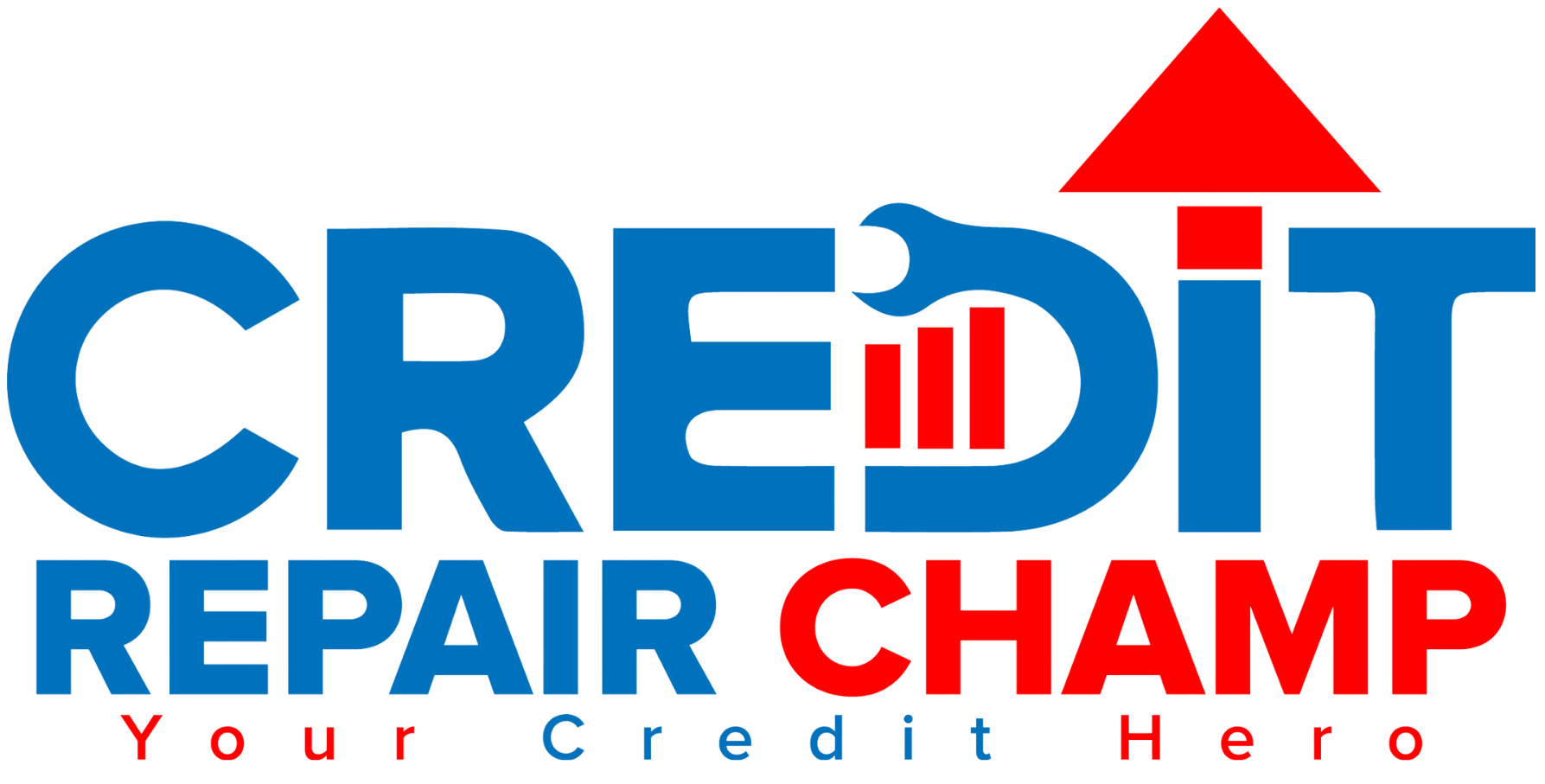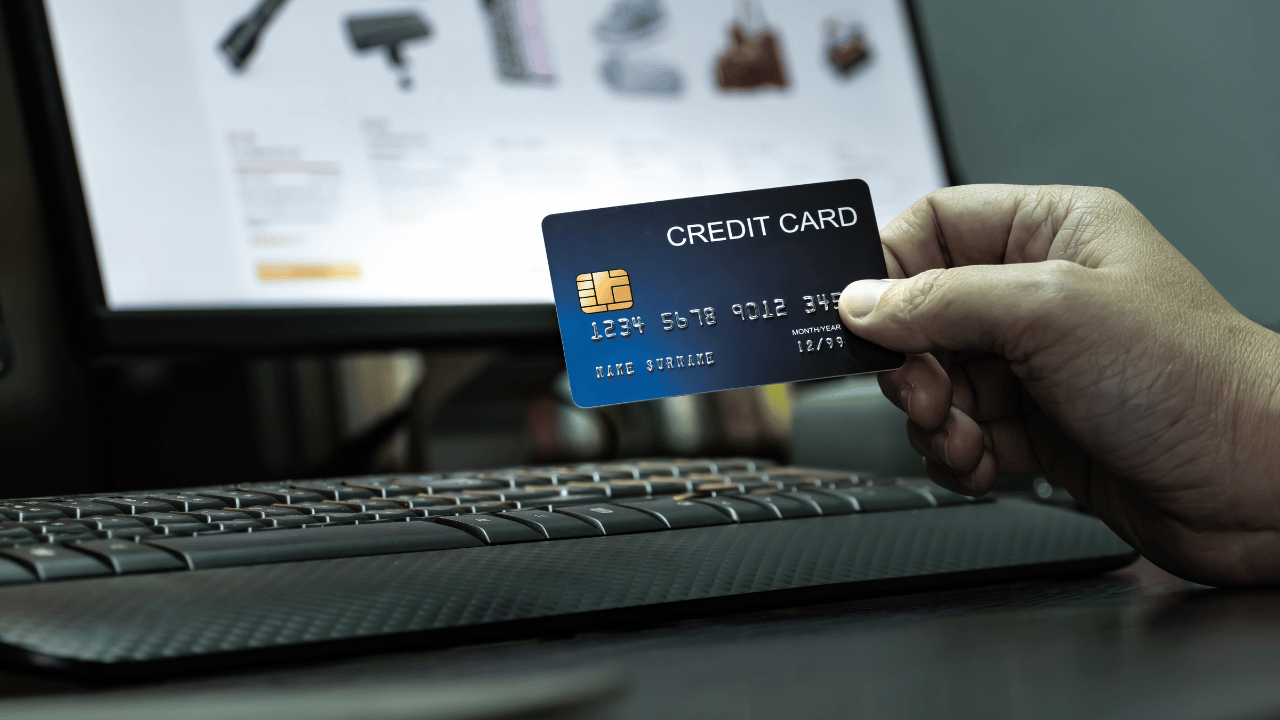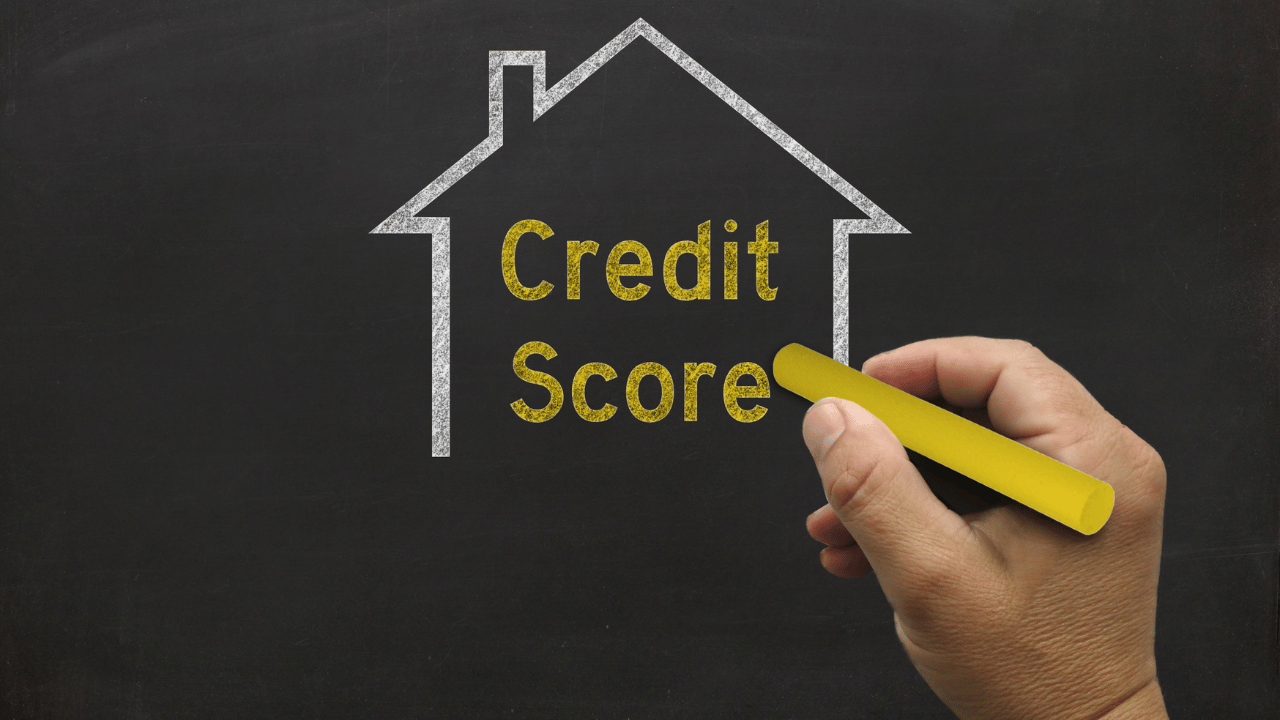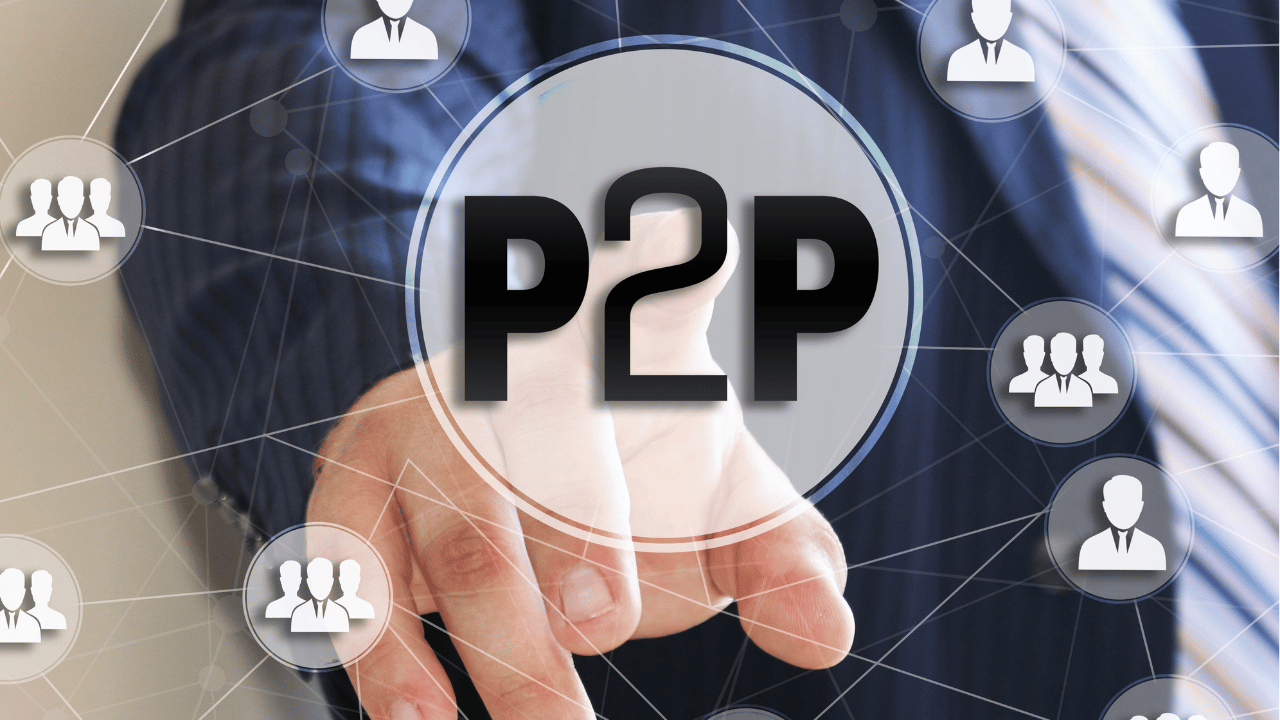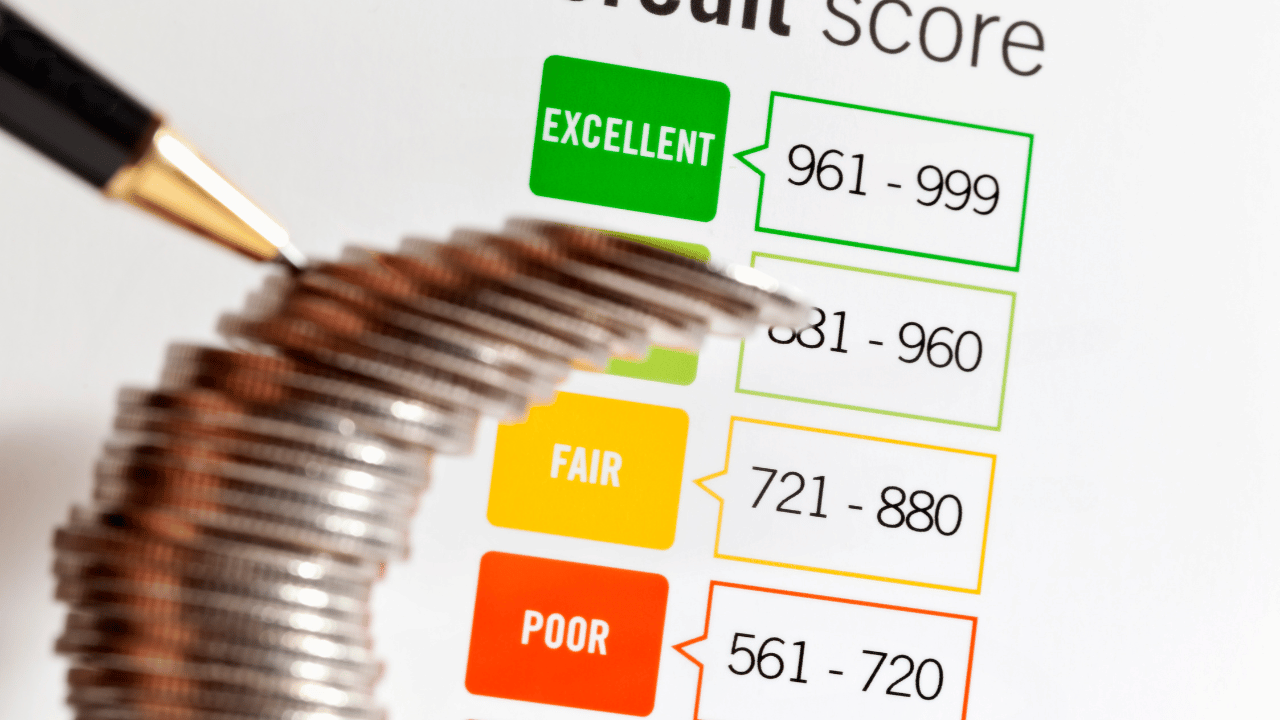How to Build Credit as a Student
For students, establishing a solid credit history is a crucial step towards financial independence. This blog provides practical insights and strategies on how to build credit as a student, laying the foundation for a secure financial future.

Grasp the Basics of Credit :
Begin by understanding what credit is and how it works. Familiarize yourself with credit scores, reports, and the factors that influence them.
Check Your Credit Report :
Obtain a copy of your credit report to assess your current standing. Ensure the information is accurate and dispute any discrepancies promptly.
Start with a Student Credit Card :
Consider applying for a student credit card. These cards are designed for individuals with limited or no credit history, offering a suitable entry point.

Use Credit Responsibly :
Practice responsible credit card usage. Make small, manageable purchases and pay off your balance in full each month to build a positive credit history.
Explore Student Loans :
Student loans can also contribute to building credit. Make timely payments on your student loans to showcase your ability to manage debt responsibly.
Consider a Co-Signer :
If eligible, consider a co-signer for certain credit applications. This can be a parent or guardian who has a stable credit history, potentially improving your chances of approval.
Explore Different Types of Credit :
Diversify your credit portfolio by exploring different types of credit, such as installment loans or retail accounts. This showcases your ability to handle various financial responsibilities.
Set Up Automatic Payments :
Never miss a payment by setting up automatic payments for your credit accounts. Timely payments are a cornerstone of building a positive credit history.

Conclusion :
In conclusion, building credit as a student is an essential aspect of financial planning. By understanding credit basics, using credit cards responsibly, exploring loans, and diversifying your credit portfolio, you can pave the way for a strong credit foundation.
